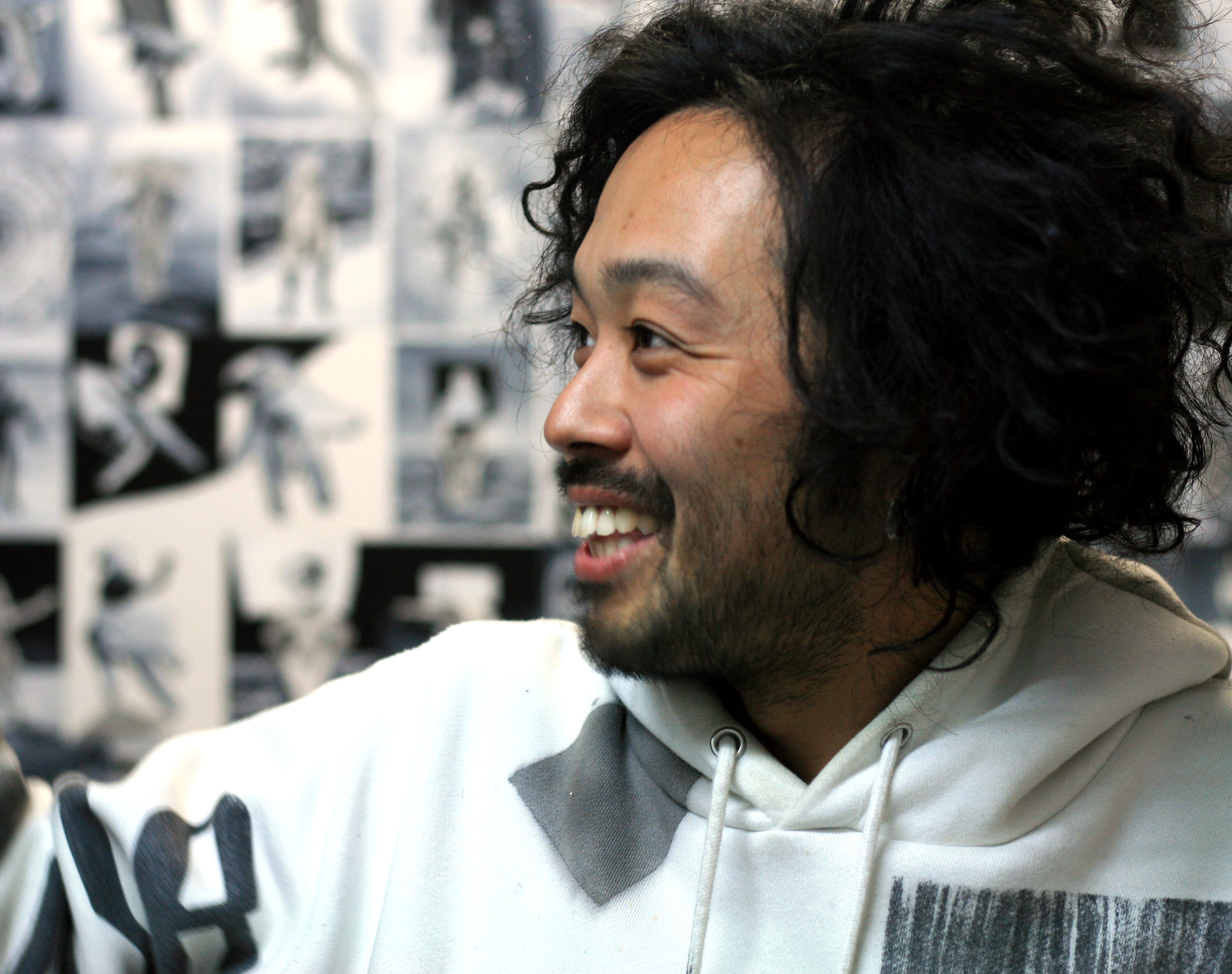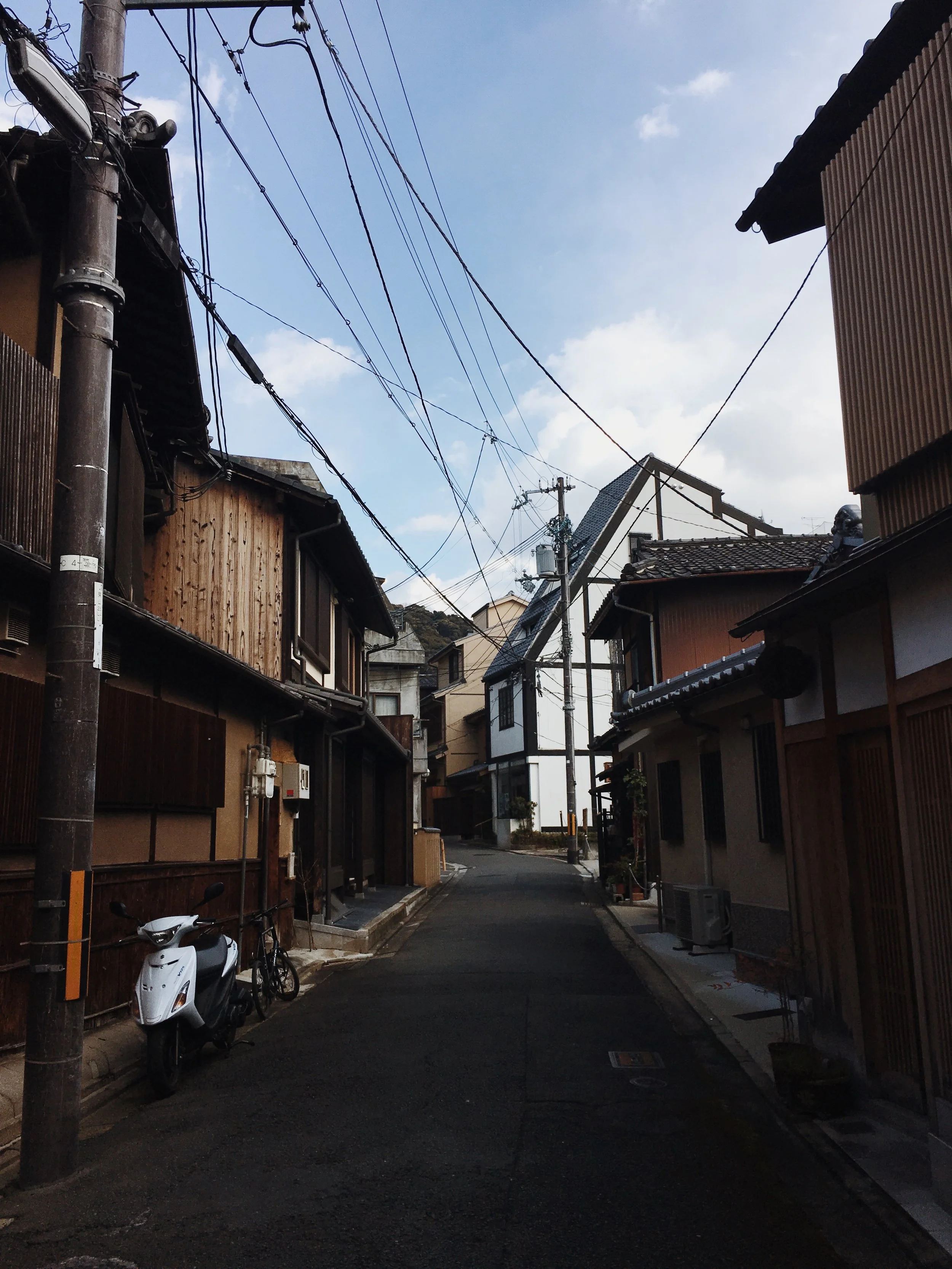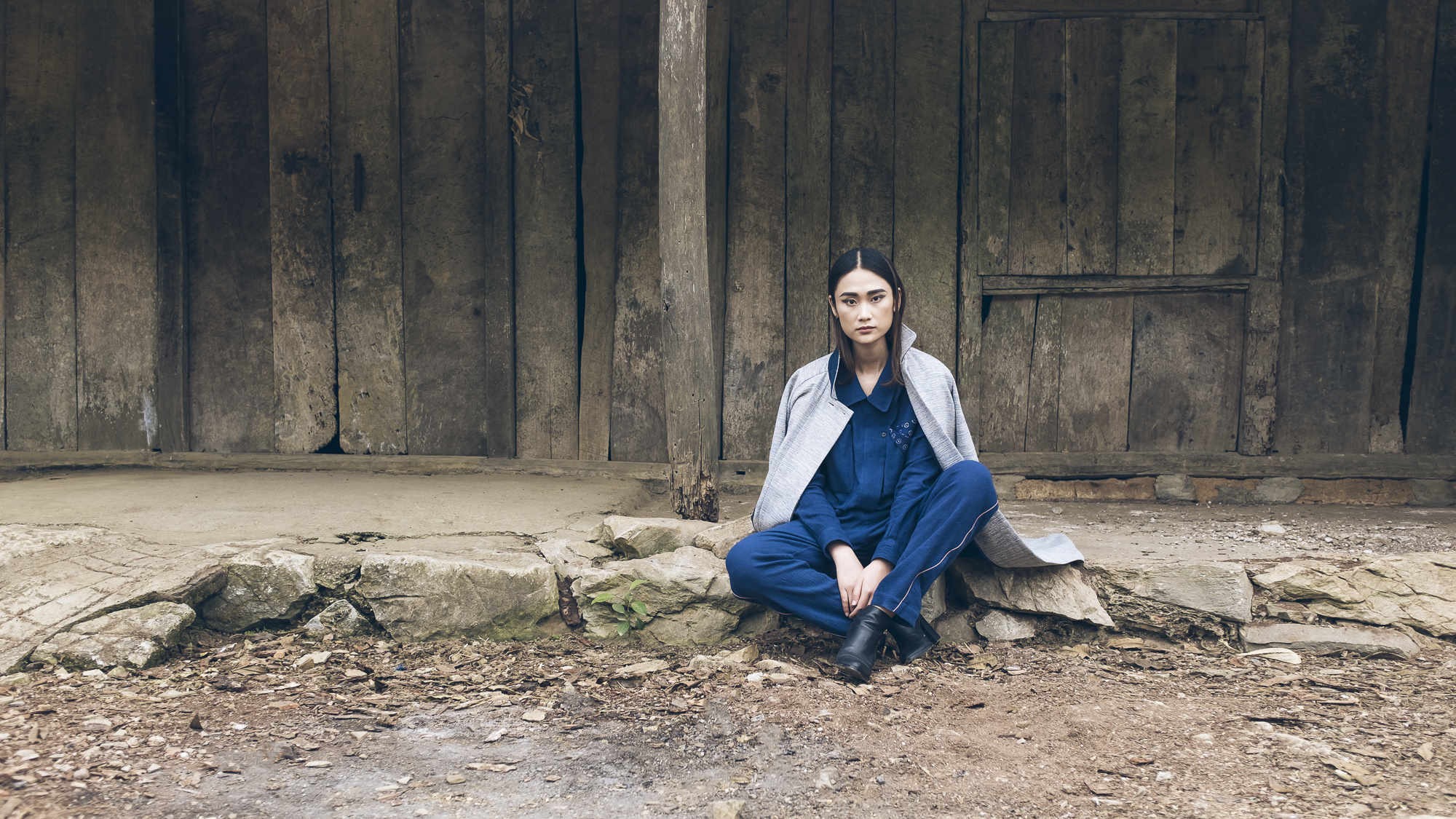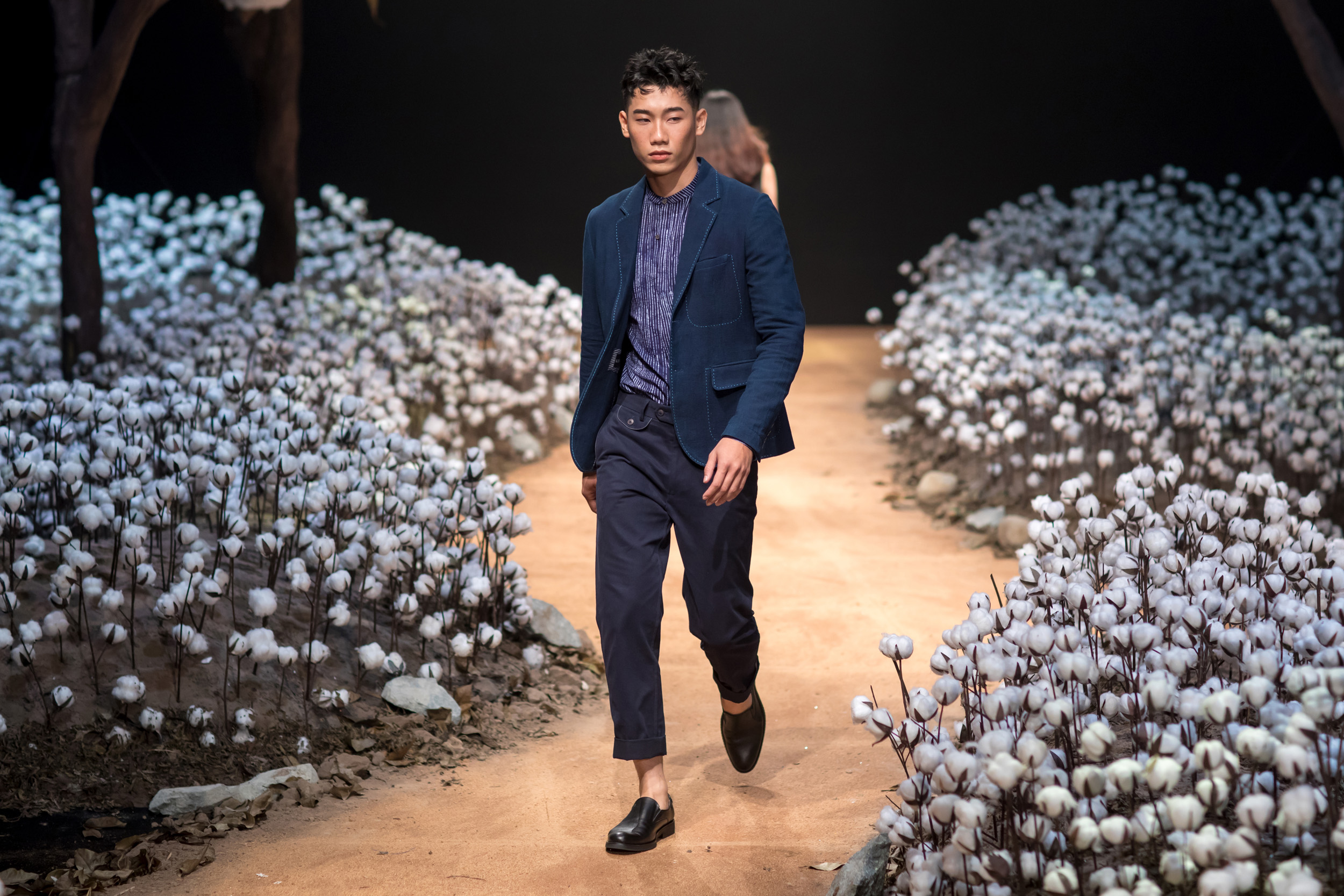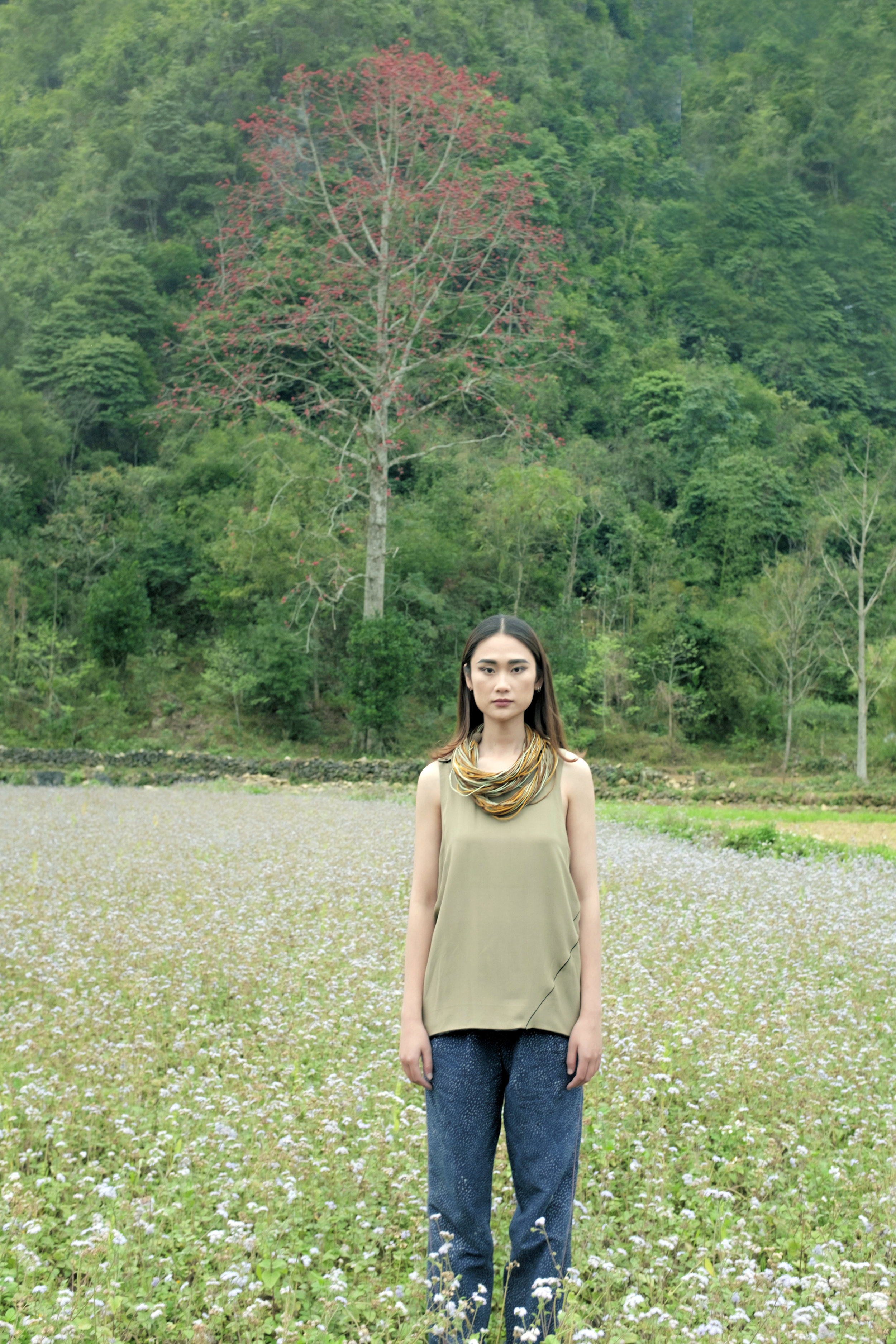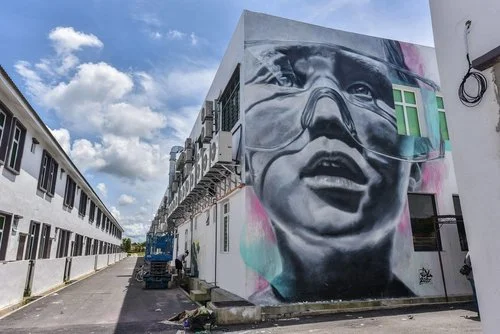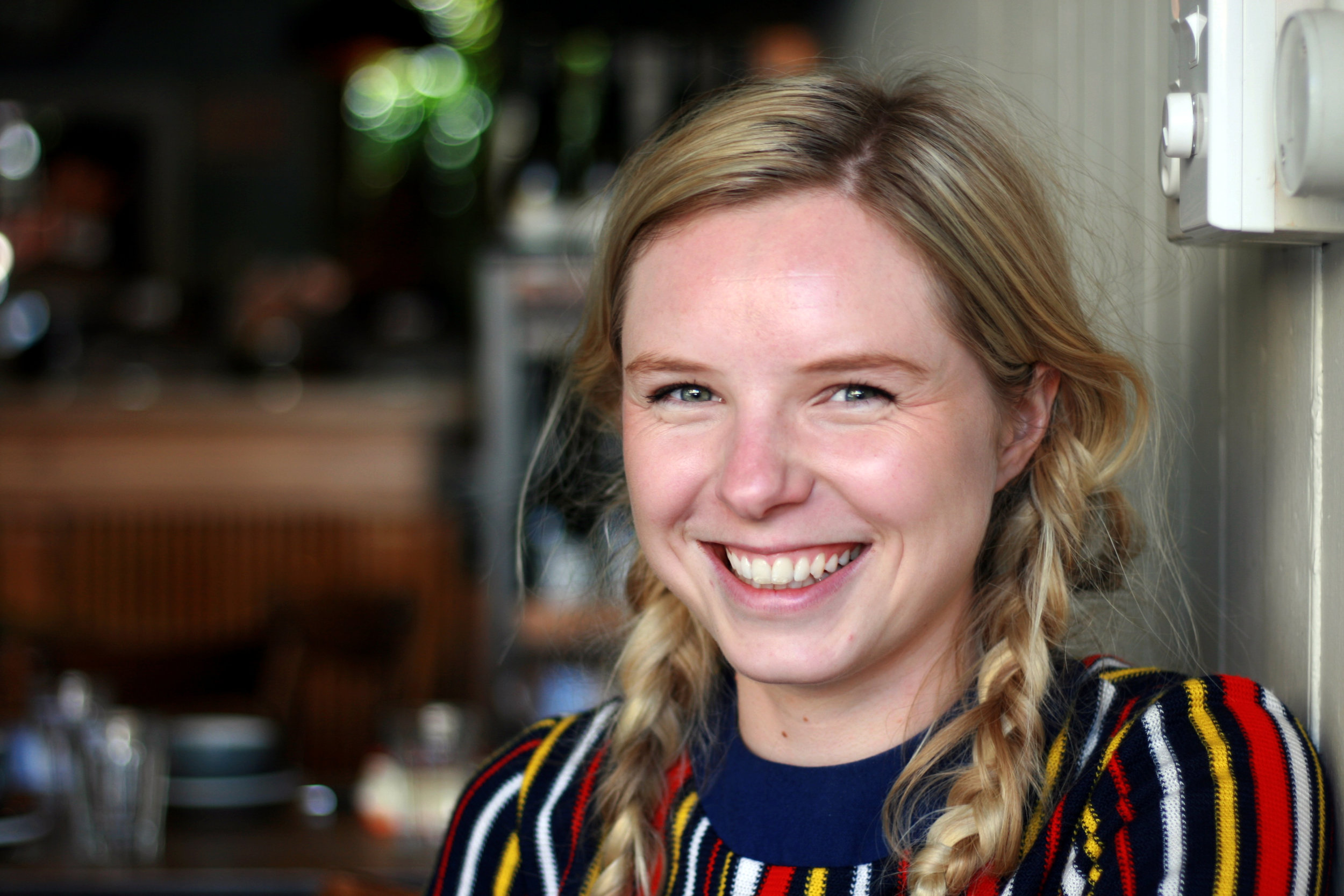Four years ago when Kristóf (bass) and Bálint (guitar) heard Viki sing for the first time, they fell in love with her voice. Soon after, the three founded Margret Island. Today the band of six is one of Hungary's most famous pop-acts, selling out Budapest's largest venues. We met Kristóf and Bálint at Csendes Bar in Budapest to learn more about the Hungarian language, the music scene in Budapest, and their creative process.
Photo by Peter Hencz
We've noticed that some bands in Budapest choose to sing in English. How did you decide to use the Hungarian language?
"It's interesting because our first two songs were in English but we felt the need to relate to Hungarian people more. In Hungary, people don't speak English as well and even if they understand the words, it doesn't affect you as emotionally as it could. Our first Hungarian lyrics were written by Janos Brody, a legend in Hungary in the 60s and 70s. He is a real songwriting master. He created the pop and beat music in Hungarian language and we had the pleasure to work with him.
We Jumped In!
"There's a festival called Fishing on Orfű festival, and there was a stage in the lake! The festival is in the middle of June, so we were sweating and at the end of the gig we jumped in...it was so refreshing! We didn't have any other clothes, so we walked around wet for the rest of the day."
The Hungarian language is very difficult to sing. The way you pronounce the words is hard and it's tricky to find the fit. There are some bands that use Hungarian language in a really intense and nice way. I wouldn't even be able to translate those lyrics, because it's so complex and beautiful."
Can you tell us about the music scene in Budapest?
"Budapest is really lucky with so many concerts and clubs, the musical life here is really rich. You have concerts every day and with all these festivals, there are a lot of opportunities. We also have a big open-air venue called Budapest Park, the capacity is 10,000 and it's in the city. The space is special for all bands because they can hold their own headliner concert and it's totally different than playing at the festival because here it's just for your own. It's like a club concert at a festival stage. We've played there three times and it’s been amazing!"
“We had a pop-up show last summer on Liberty Bridge. People were picnicking and having fun on the bridge and we just started playing. Its was a really great moment!"
Do you get nervous before a show with that large of an audience?
"Absolutely! We have these little methods to transform ourselves into the stage shape. Here's what we do. First, we have to bounce up and down ten times and then we jump and we raise our hands and we just count to three and shout 'ENERGY' into the air. That's when we know it's time to begin!"
What is your process for coming up with a new song?
"Four years ago when Kristóf (bass) and Bálint (guitar) heard Viki sing for the first time, they fell in love with her voice. Soon after, the three founded Margaret Island. Today the band of six are one of Hungary's most famous pop-acts, selling out Budapest's largest venues. We met Kristóf and Bálint at Csendes Bar in Budapest to hear their story!"
What's up next for Margaret Island?
Their next album will release this fall, and we expect a new sound for the band and a theme to believe in yourself. Listen to their latest single, Hóvirág (i.e. snowdrop) - music video below and available where ever you listen to music!







